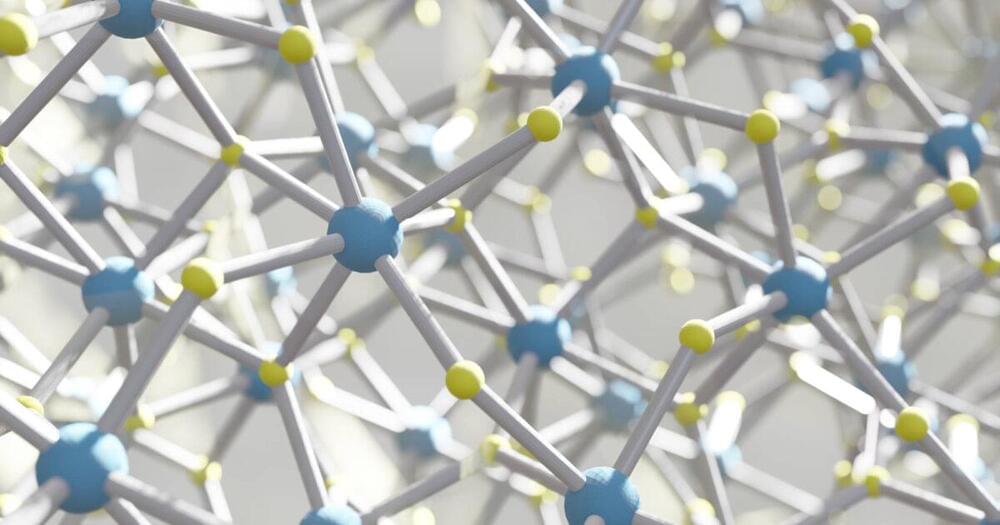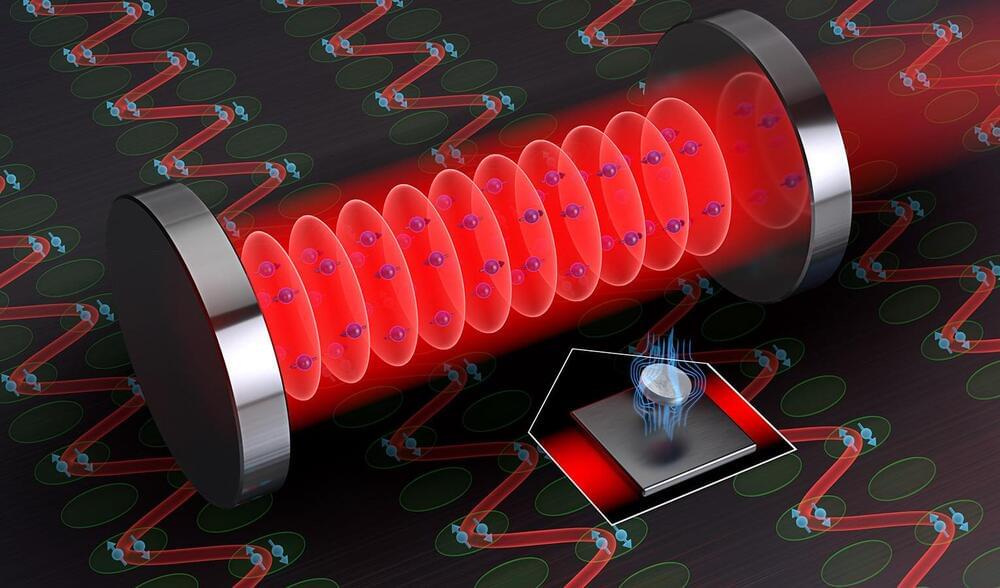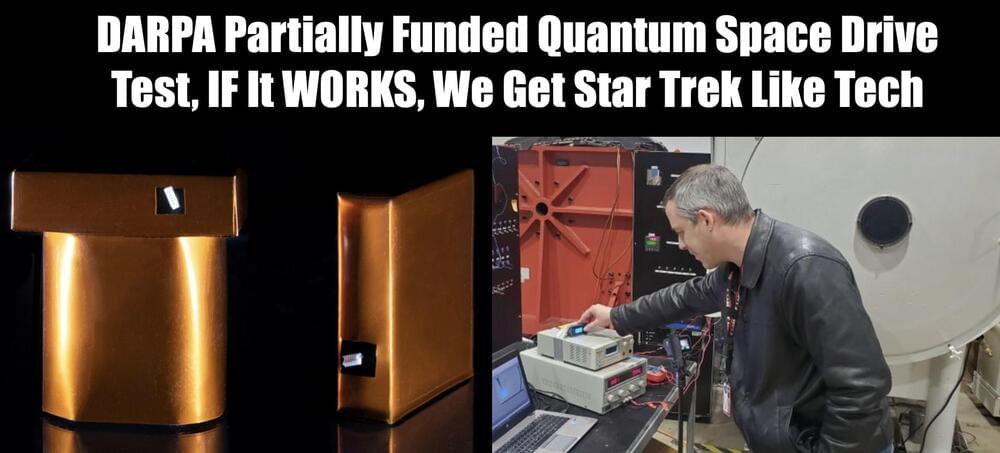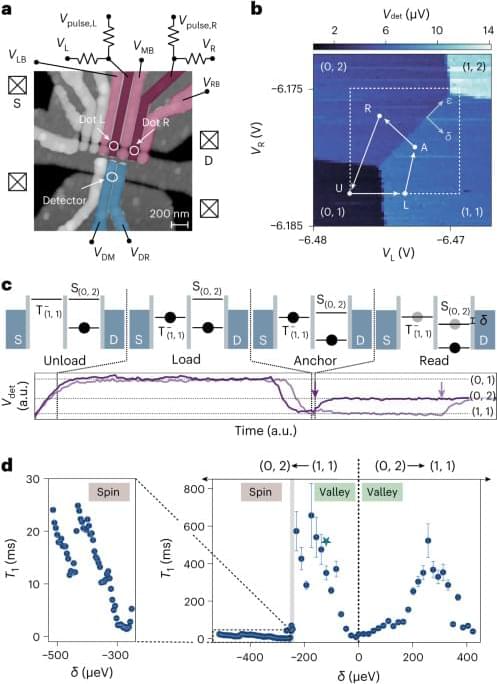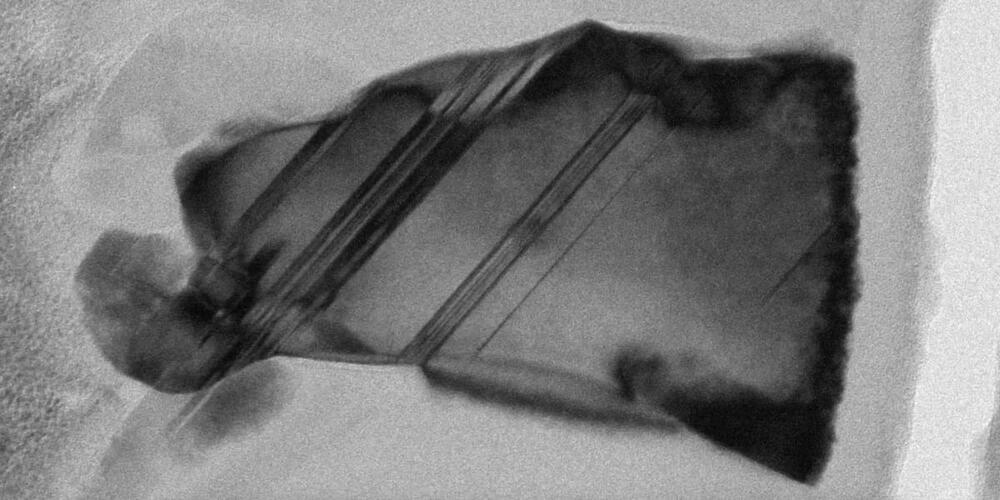How human-robot collaboration will affect the manufacturing industry — https://bit.ly/3S7Skfa
By Nitin Rawat, Manufacturing Head, Addverb
Robotics are employed to boost production and efficiency in the manufacturing sector, and they are capable of working in any hazardous setting. Robotic arms are also employed to perform effective work in the industries. It has been years since the introduction of collaborative robots in the manufacturing industry, and they have now been applied in several applications at manufacturing facilities. Robots these days are exceptionally programmable and controllable, allowing them to perform complex tasks using AI and automation.
Robot applications in manufacturing include assembly, welding, shipping, handling raw materials, and product packing. Robots nowadays collaborate with human workers (co-bots) on practically every task. In manufacturing, robotics is used to automate repetitive activities and streamline assembly workflows. Many industries are now using robots for hazardous and time-consuming tasks that can endanger workers.
